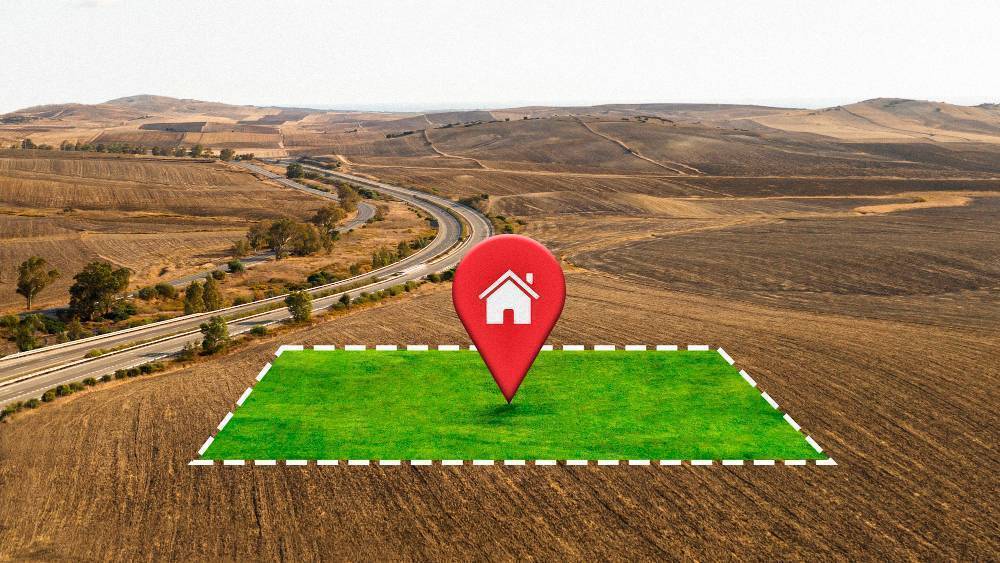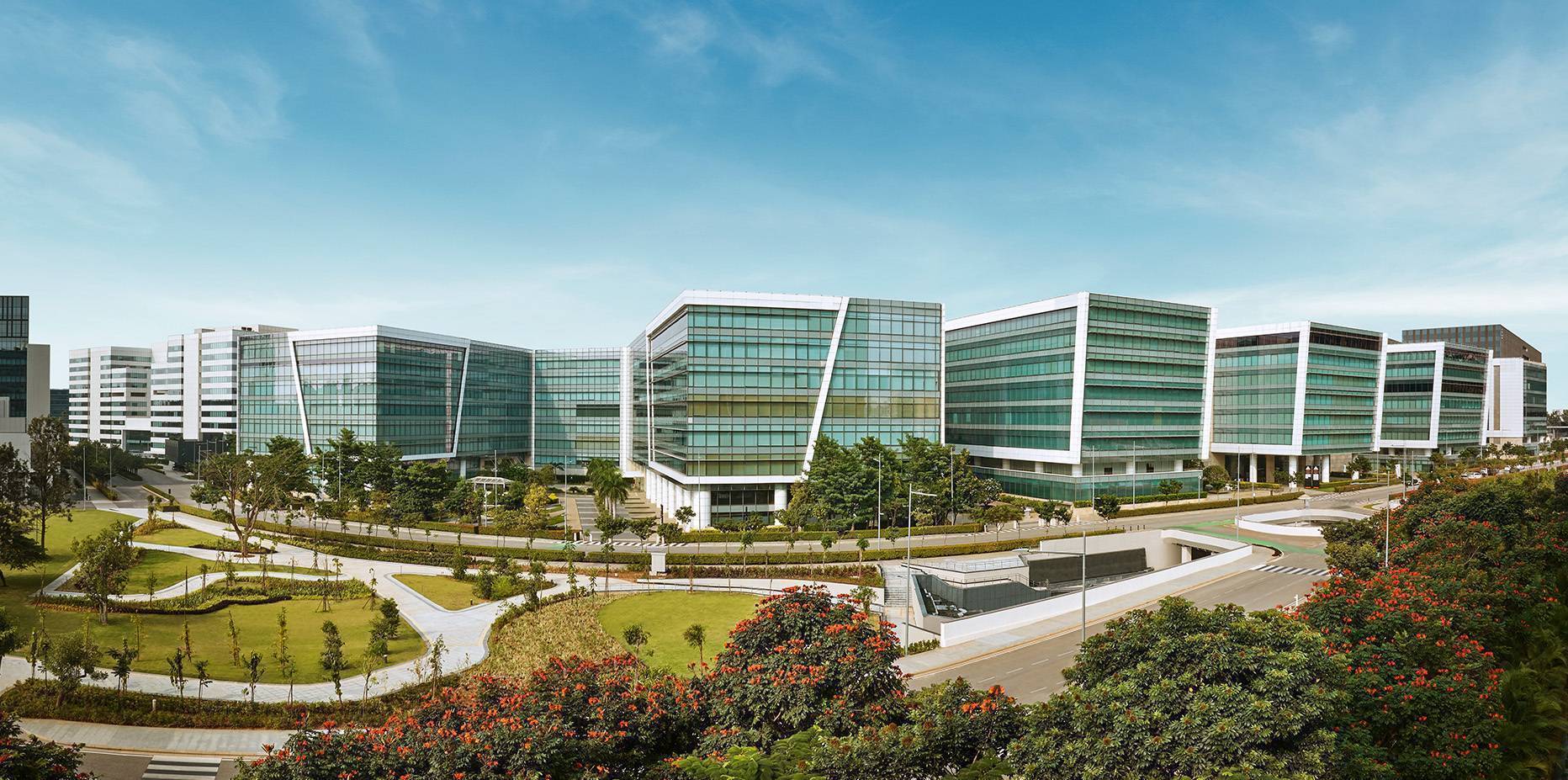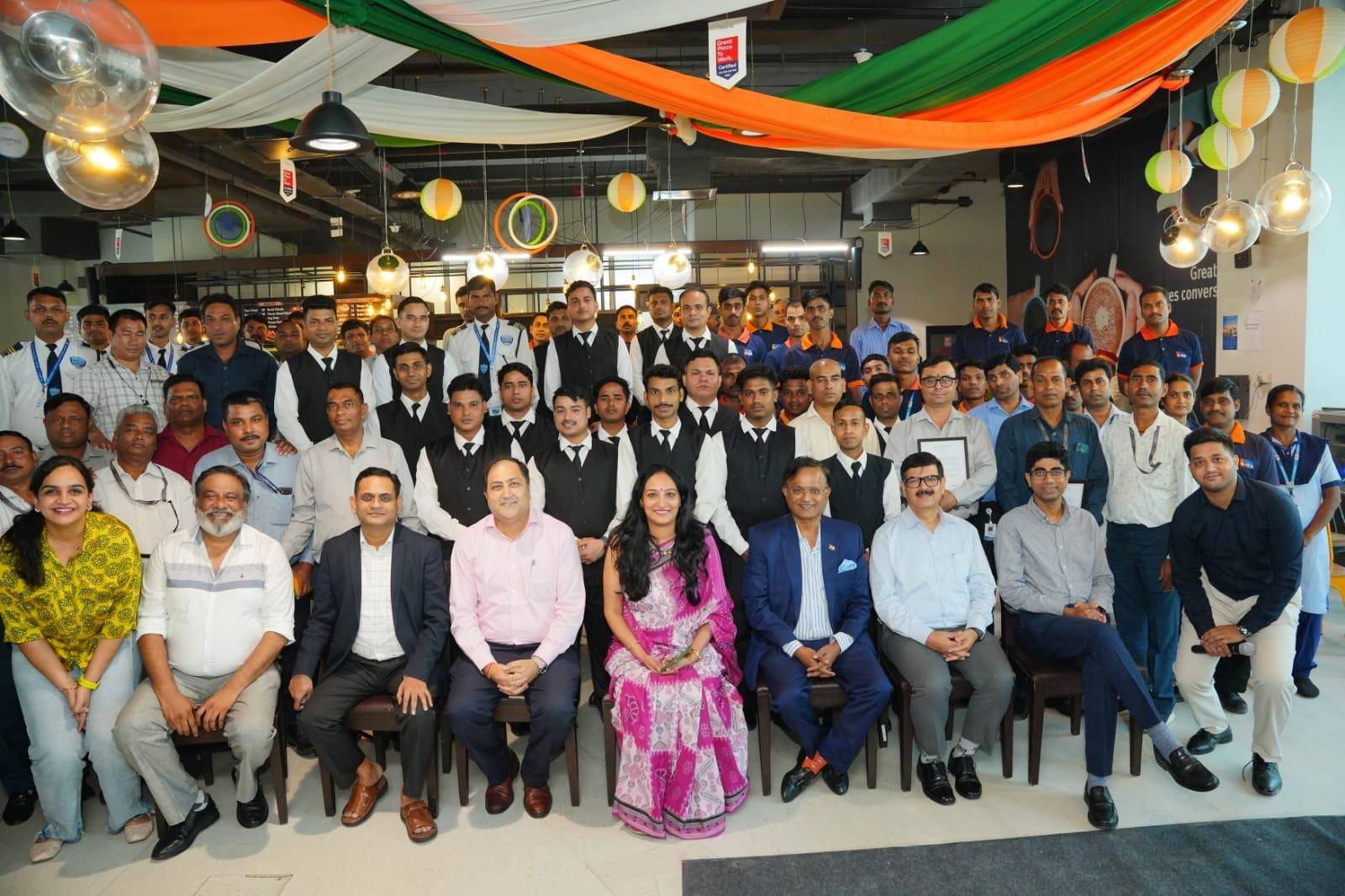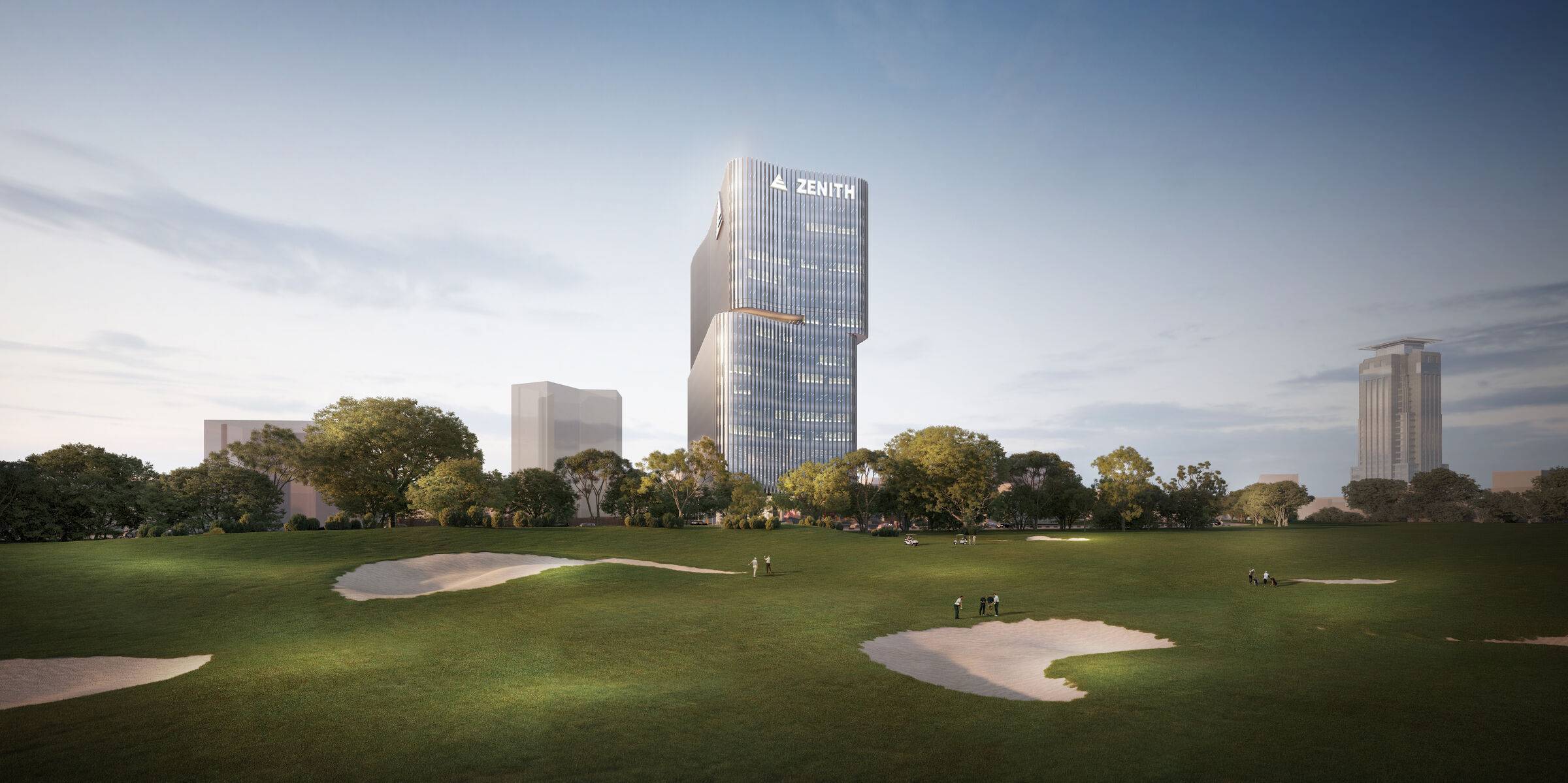The Gujarat government has allocated 10 acres of land to Tata Group for constructing residential apartments in the Dholera Special Investment Region (SIR), marking a critical step toward building social infrastructure in the emerging industrial zone. This allocation is intended to provide housing for employees and workers of Tata Electronics Pvt Ltd (TEPL), which is currently developing its semiconductor fabrication facility in the region.
The land grant was confirmed by Mona Khandhar, Principal Secretary, Science and Technology Department, Government of Gujarat. “The government has given 10 acres to Tata Group for developing their own housing complex. Initially, they will build more than 500 apartments,” she said.
The Dholera SIR, located approximately 110 km from Ahmedabad, is being developed as a greenfield industrial and smart city. With a sparse population and flat coastal terrain, the region currently lacks adequate housing and service infrastructure. The residential development by the Tata Group is expected to support the influx of technical and managerial personnel connected to the semiconductor and electronics manufacturing ecosystem taking shape in the area.
In addition to the Tata Group's housing project, Dholera Industrial City Development Ltd (DICDL), the nodal agency for infrastructure development in the region, has auctioned plots to private developers. These plots are intended for the construction of an additional 1,000 service apartments. This move is part of a broader strategy to ensure that the industrial growth in Dholera is supported by parallel growth in livability and worker accommodation.
The allocation comes in the backdrop of increasing industrial activity in Dholera, particularly in the semiconductor and electronics sectors. The largest among the proposed projects is a ₹91,000-crore semiconductor fabrication unit being built by Tata Electronics in collaboration with Taiwan’s Powerchip Semiconductor Manufacturing Corporation (PSMC). The facility is expected to generate over 20,000 direct and indirect jobs once operational. As per the Gujarat government’s timeline, the Tata-PSMC fab is scheduled for completion by the second quarter of the 2027-28 financial year.
Khandhar confirmed that construction of the semiconductor plant by TEPL has already begun. “TEPL has already started construction of the plant at Dholera,” she said, pointing to visible progress on-site.
Other electronics-related projects are also being initiated. US-based Jabil Inc is planning to start construction soon on a silicon photonics manufacturing facility. The company has signed a memorandum of understanding (MoU) with the state government for setting up a ₹1,000-crore unit. The project is projected to create approximately 1,500 jobs in the region, adding another layer to Dholera's emerging status as a semiconductor manufacturing hub.
NextGen, another electronics company, has also signed an MoU with the Gujarat government to establish a ₹10,000-crore compound semiconductor and opto-electronics facility. The project is proposed to be executed in collaboration with Japan’s Hitachi and Taiwan’s Solidlite, further indicating international investor interest in Dholera’s potential.
The residential infrastructure development is viewed as a necessary foundation to support these high-tech investments. Officials believe that the availability of apartments and service units will improve ease of living for professionals and skilled workers, which is essential for sustaining operations in a zone with limited existing settlements.
Over the last three years, Dholera has attracted increasing attention from domestic and global investors, especially in capital-intensive and technology-focused sectors. The State government has been focusing on providing both industrial and social infrastructure—such as roads, water supply, waste management systems, and housing—to make the region viable for long-term economic activity.
With multiple projects now under development and new residential facilities being planned, the industrial region is gradually transitioning from a conceptual investment destination to an active site of construction and employment generation. The coming quarters are expected to witness further momentum as both infrastructure and industrial facilities take shape in tandem.
Image source- freepik.com









.png)